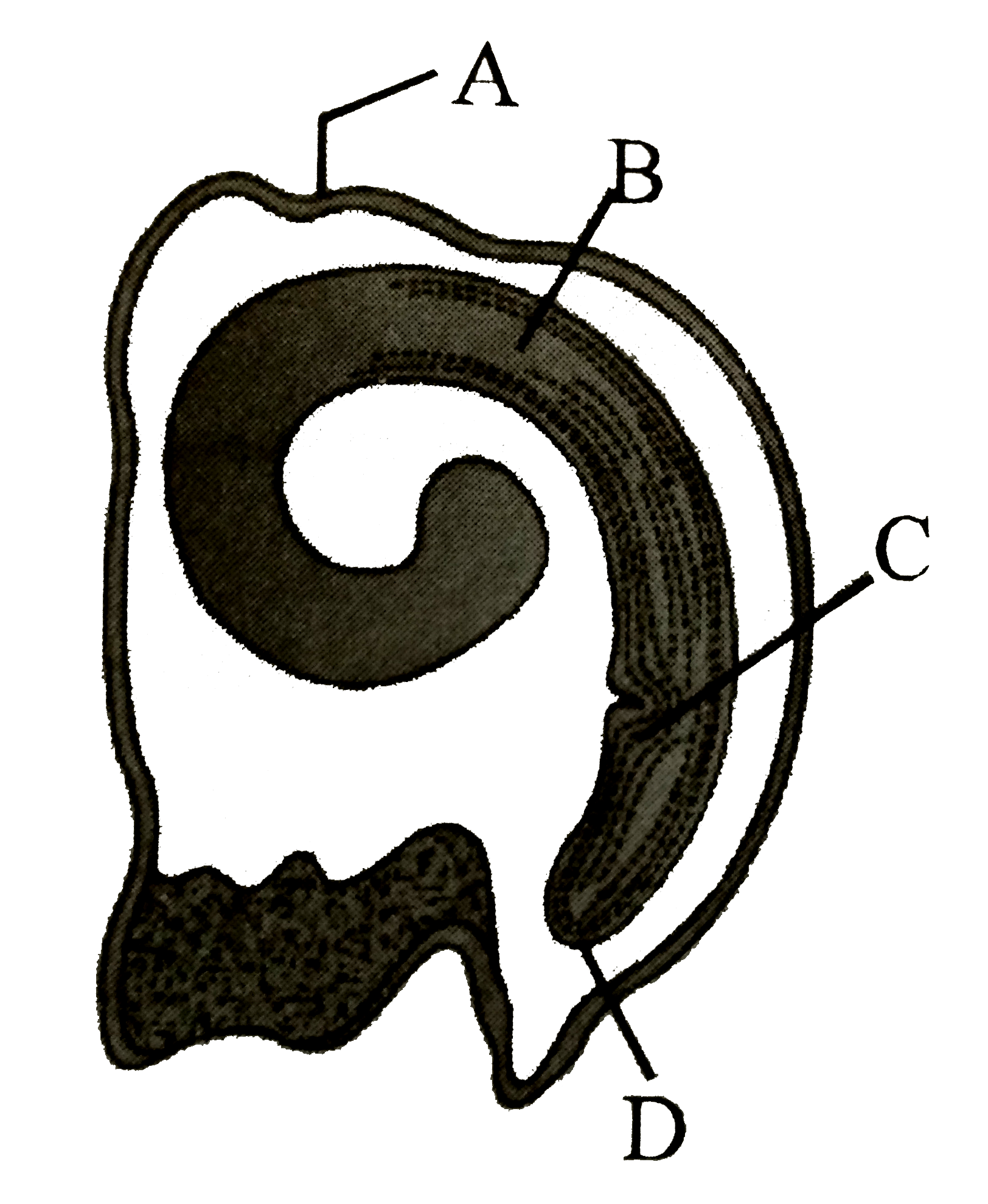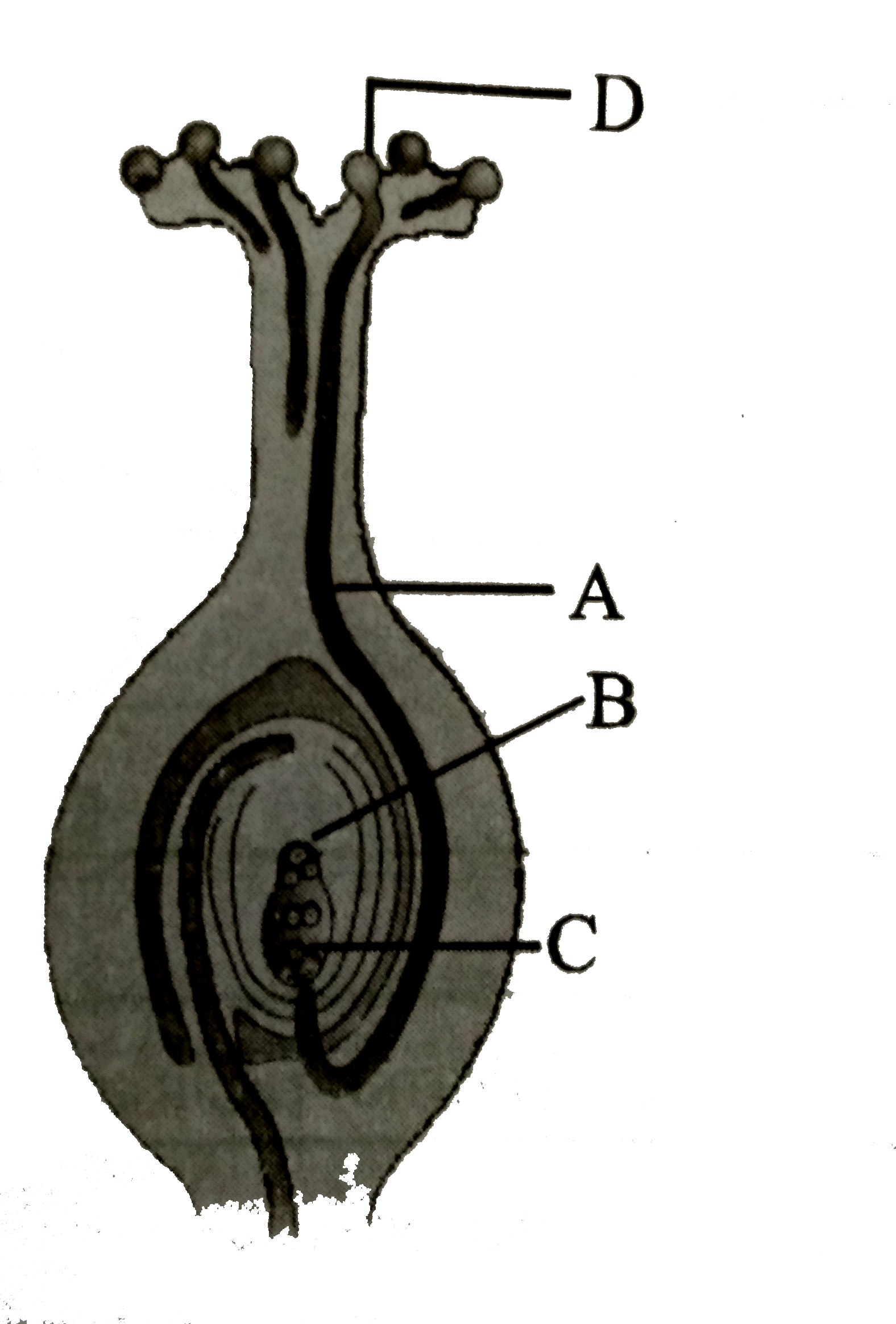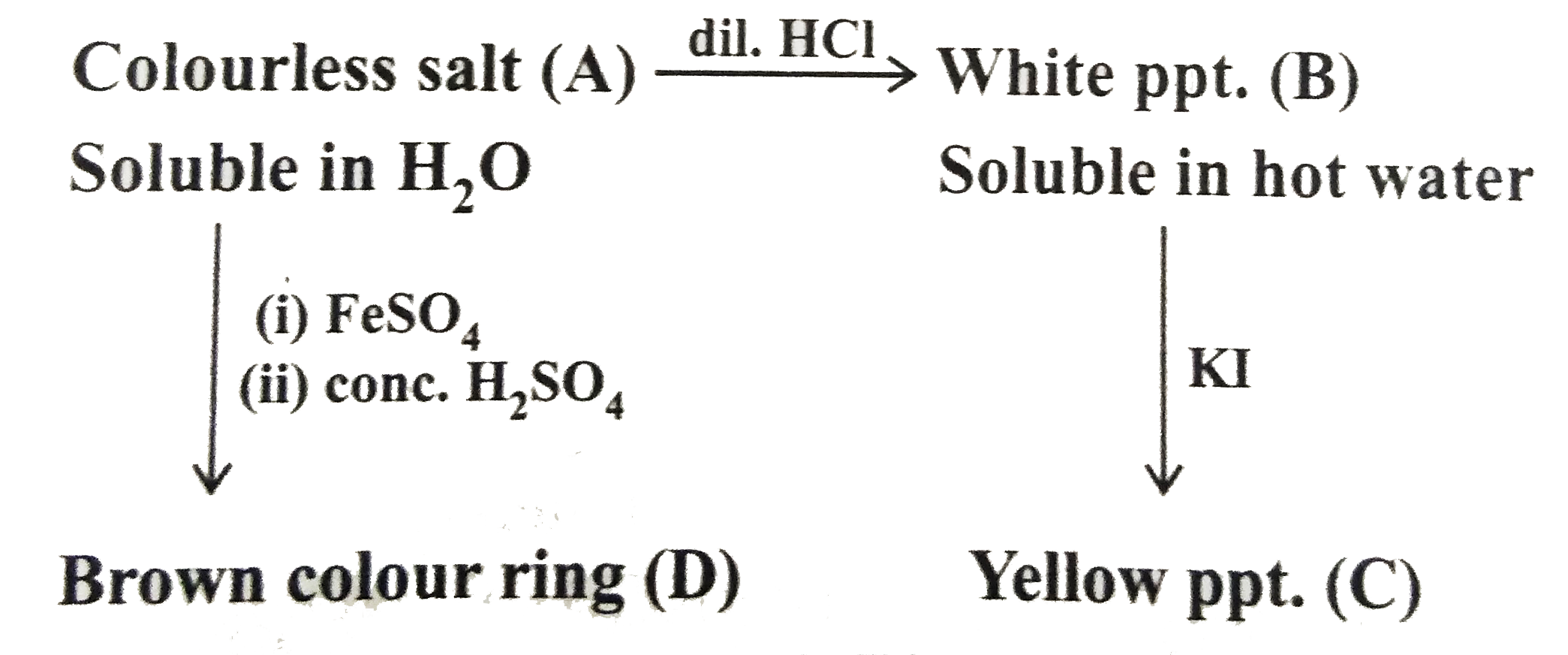Salt (A) makes part of electrode and is insoluble in water (A) is blackened by NH3 forming (B),(B) is soluble is equa regia forming (C ),(C ) gives orange ppt with KI but ppt dissolves in extcess of KI forming (D ) , identify (A),(B),(C ) and (D)
(A) Hg2CI2 (calomel) (B ) (HgNH2CI+Hg)
(C ) HgCI2 (D) H2HgI4
Topper's Solved these Questions
- QUALITATIVE INORGANIC SALT ANALYSISBOOK - CENGAGE CHEMISTRY ENGLISHCHAPTER - QUALITATIVE INORGANIC SALT ANALYSISEXERCISE - Solved Example
11 Videos
- QUALITATIVE INORGANIC SALT ANALYSISBOOK - CENGAGE CHEMISTRY ENGLISHCHAPTER - QUALITATIVE INORGANIC SALT ANALYSISEXERCISE - Exercises (Linked Comprehension)
67 Videos
- P-BLOCK GROUP 18 ELEMENTS - THE INERT GASESBOOK - CENGAGE CHEMISTRY ENGLISHCHAPTER - P-BLOCK GROUP 18 ELEMENTS - THE INERT GASESEXERCISE - Ex 5.1 (Objective)
14 Videos
- REDUCTION AND OXIDATION REACTION OF ORGANIC COMPOUNDSBOOK - CENGAGE CHEMISTRY ENGLISHCHAPTER - REDUCTION AND OXIDATION REACTION OF ORGANIC COMPOUNDSEXERCISE - SUBJECTIVE TYPE
4 Videos
Similar Questions
Identify (B),(c), and (D).
 .
.
View Solution
Identify A,B,C,D
View Solution
Identify A,B,C,D
View Solution
Identify A, B, C, D
View SolutionHgCl2 gives orange ppt , with (a) ___, which dissolves in excess of it forming (b) ____ called (c ) ____.
View SolutionColourless solution of (A) gives white ppt (B) with AgNO3which is soluble in aqueous NH3 (A) also gives white ppt (C) with NaOH soluble in excess of it forming (D). (D) gives ppt (E) with H2S. Identify (A),(B),(C),(D) and (E).
View SolutionColourless salt (A)dil.HCI−−−−→ White ppt. (B)

Iidentify (A),(B),(C ) and (D)
View SolutionA colourless mixture of two salts (A) and (B) (excess) is soluble in H2O.(A) turns blue litmus red and (B) turns red litmus blue. (A) gives white precipitate with (B), which dissolves in excess of (B) forming (C).(A) when placed in atmosphere gives fumes and can form dimer. (A) gives white precipitate with NH4Cl and NH4OH which is soluble in (B). Identify (A),(B) and (C). Explain reactions.
View SolutionIdentify (A),(B),(C ),(D) and (E ), (A) (black) +dilHCIΔ−−→(B) (solution) + (C ) (gas) ( C) turns lead aceetain paper black , (B) gives orange ppt (D ) solution in excess of KI forming (E ).
View SolutionIdentify the cations in each of the following case :
NH4OH Solution when added to the Solution (B) gives white ppt which does not dissolve in excess.
View Solution
